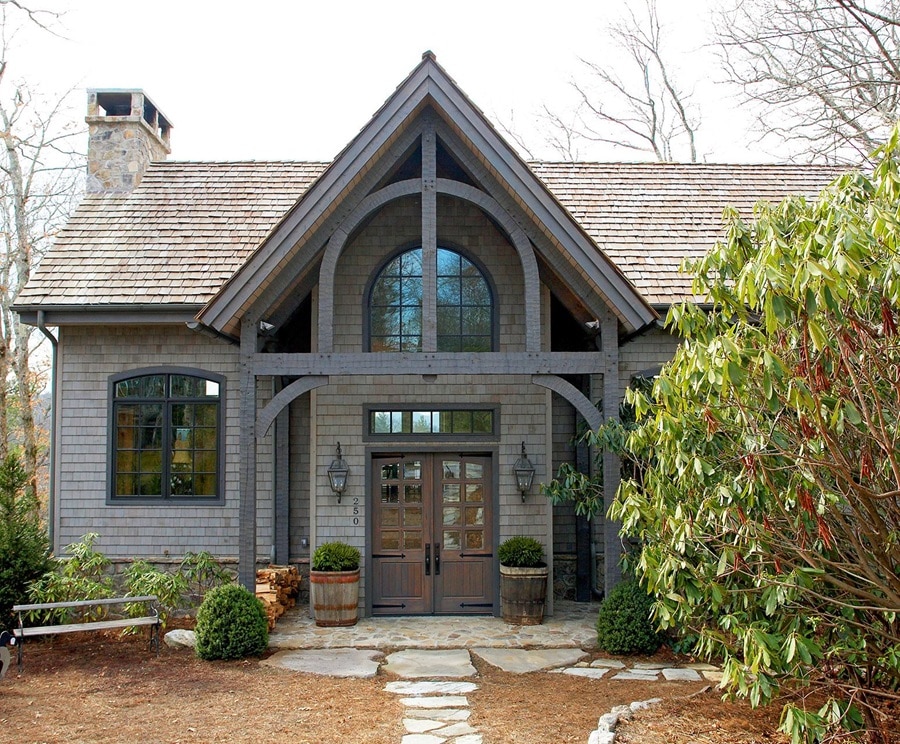Gas leaks in the kitchen, often silent and unnoticed, pose a serious threat to household safety. These leaks can lead to devastating consequences, ranging from health hazards to potential explosions. With natural gas and propane being common in many homes, it’s crucial to understand the risks and take proactive measures to ensure safety. This article aims to educate homeowners about the detection, prevention, and response to gas leaks, highlighting their silent danger and the importance of vigilance in the kitchen.
Contents
Understanding Gas Leaks
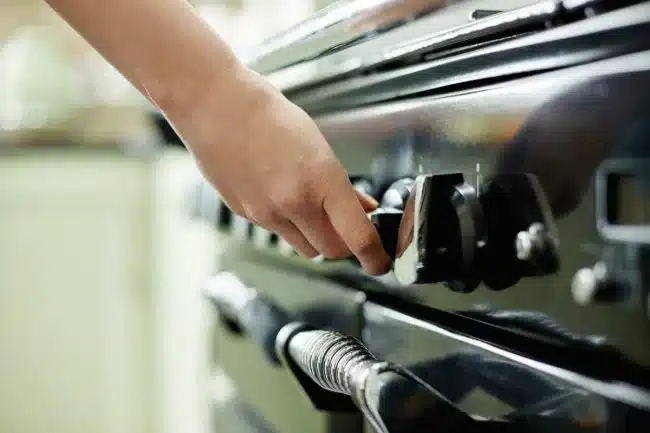
Gas leaks occur when natural gas or propane, commonly used in household kitchens, escapes from pipes or appliances. It’s essential to recognize the sources of these leaks, which often include faulty appliances, damaged pipes, or improper installations. Understanding the properties of these gases is crucial; for instance, natural gas is lighter than air and can quickly spread through a house, while propane is heavier and tends to accumulate at ground level. Awareness of these characteristics can significantly impact the detection and response strategies in case of a leak.
The kitchen, with its array of gas-powered appliances like stoves and ovens, is a common site for these leaks. Regular inspection and maintenance of these appliances are vital for prevention. Homeowners should be aware of the age and condition of their gas appliances and seek professional help for installation and repairs, reducing the risk of leaks.
Health Risks of Gas Leaks
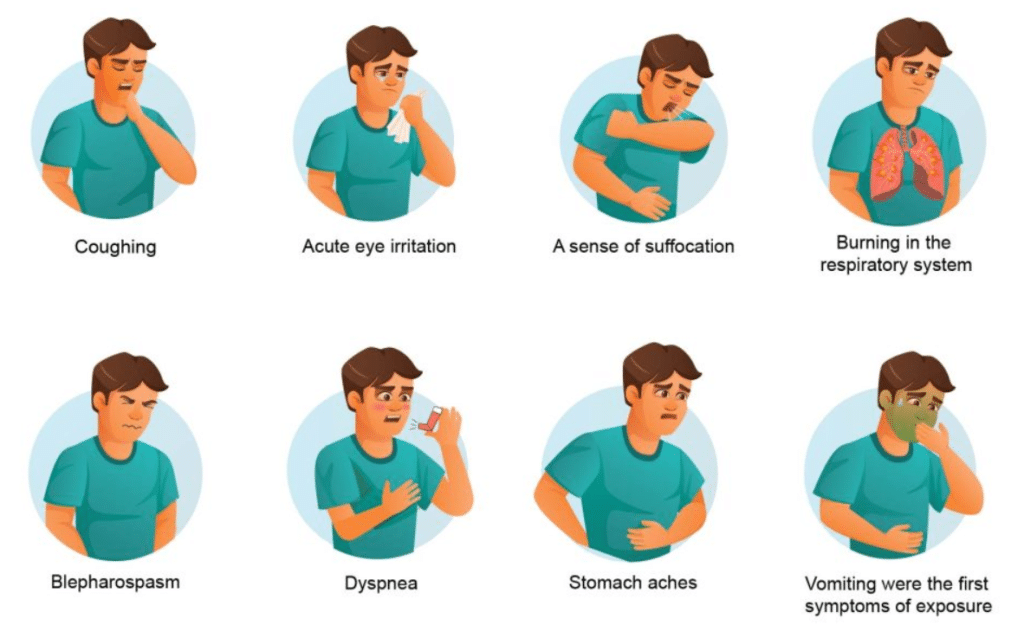
Gas leaks, particularly prolonged exposure, can pose serious health risks. Short-term exposure to gas leaks can cause symptoms like dizziness, headaches, nausea, and fatigue. These symptoms often mimic common illnesses, which can lead to delayed detection and response.
Long-term exposure to low levels of gas can have more severe health impacts, including respiratory problems and an increased risk of heart conditions. Vulnerable groups, such as children, the elderly, and those with pre-existing respiratory conditions, are at a higher risk. It’s crucial to recognize these health implications and take immediate action upon suspecting a gas leak.
Detecting a Gas Leak
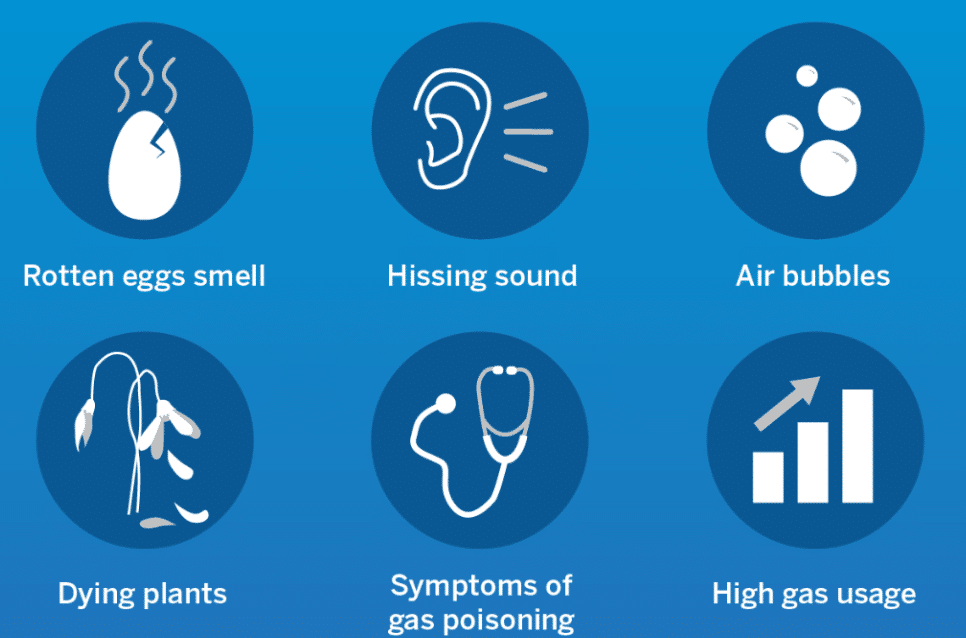
Detecting a gas leak early is critical for safety. The most recognizable sign of a gas leak is the distinctive sulfur-like odor, similar to rotten eggs, added to natural gas for detection. Other signs include a hissing or whistling sound near gas lines, dead or dying houseplants, and a visible white cloud or dust cloud near a gas line.
However, reliance solely on smell can be insufficient, especially since carbon monoxide, a byproduct of gas combustion, is odorless. Installing carbon monoxide detectors in the kitchen and other areas with gas appliances is crucial for early detection. Homeowners should also be aware of the limitations of human detection, as some individuals may have a diminished sense of smell or become desensitized to the odor over time.
Preventive Measures
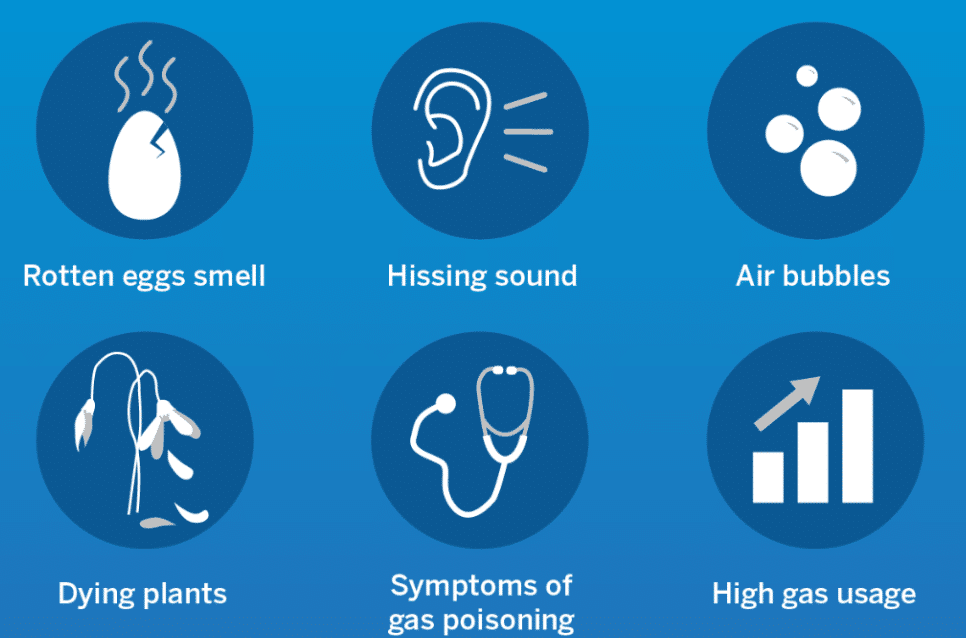
Prevention is key in avoiding gas leaks in the kitchen. Regular maintenance of gas appliances is crucial; this includes routine checks and professional servicing to ensure they are in good working order. Homeowners should be vigilant about the signs of wear and tear, such as rusting, unusual noises, or inconsistent flame patterns on gas stoves. It’s also essential to follow the manufacturer’s guidelines for appliance care and to replace any equipment that is outdated or malfunctioning.
Another critical aspect of prevention is the safe installation of gas appliances. This task should always be performed by a qualified professional to ensure that everything is correctly connected and sealed. Adequate ventilation is equally important; ensuring that your kitchen is well-ventilated will help in dispersing any gas that may accidentally leak. Homeowners should also familiarize themselves with the main gas shut-off valve’s location, enabling quick action in case of an emergency.
Safety Equipment and Tools

Equipping your home with the right safety tools can be a lifesaver in detecting and dealing with gas leaks. Gas detectors are essential as they provide an early warning, especially for leaks that are odorless or go unnoticed by the human senses. These detectors should be installed near gas appliances and tested regularly to ensure they are functioning correctly. It’s also important to choose detectors that are specifically designed to detect the type of gas used in your home, whether it’s natural gas or propane.
Smart home technology has also brought advancements in gas leak detection. Smart gas detectors can send alerts to your phone, providing an additional layer of safety, especially when you’re away from home. Alongside these technological tools, basic safety practices, like having a fire extinguisher readily available and knowing how to use it, are fundamental. Educating all household members on these tools and safety procedures is equally important to ensure a swift and effective response in case of a gas leak.
Emergency Response to Gas Leaks
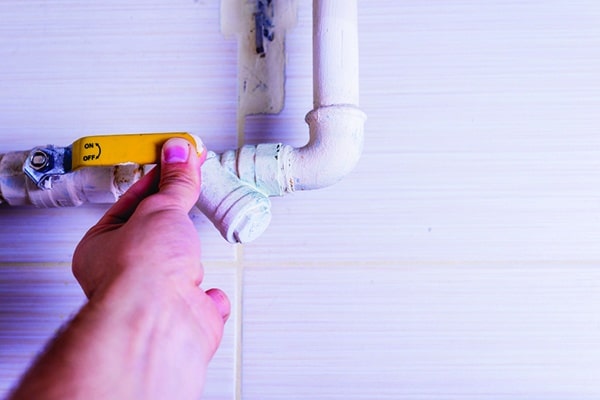
When a gas leak is detected, immediate and appropriate action is critical. The first step should be to evacuate the area without switching on lights or using anything that could ignite the gas, including cell phones. Once at a safe distance, the next step is to shut off the main gas valve if it can be done safely. It’s crucial to avoid trying to locate the source of the leak yourself; this should be left to professionals.
After ensuring the safety of all inhabitants by evacuating, the next step is to contact emergency services and the gas company. Quick reporting can significantly minimize the risks associated with the leak. It’s important to wait for the approval of these authorities before re-entering the home. In the meantime, alerting neighbors can also be a prudent measure, as gas leaks can sometimes pose a risk to surrounding areas.
Legal and Insurance Considerations
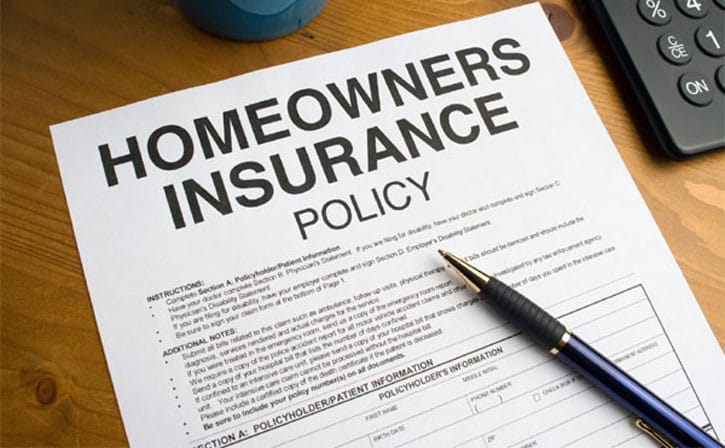
Navigating the legal and insurance aspects is a crucial part of dealing with gas leaks. Homeowners and tenants should be aware of their legal responsibilities regarding gas safety. This includes ensuring appliances are regularly serviced and maintained in accordance with local regulations. Failure to comply with these responsibilities can lead to legal liabilities, especially in the event of an accident stemming from negligence. It’s also wise to be informed about local laws and regulations related to gas safety, as these can vary by region.
Insurance coverage is another important consideration. Homeowners should review their insurance policies to understand the extent of coverage for damages caused by gas leaks. This includes checking whether the policy covers the cost of repairs, temporary accommodation if the home is uninhabitable, and liability for any harm caused to others. In some cases, additional coverage or riders might be necessary to ensure full protection. Keeping a record of all maintenance and inspections can be beneficial in case an insurance claim needs to be filed.
Case Studies and Real-Life Incidents
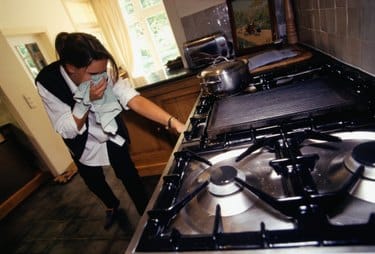
Analyzing real-life incidents of gas leaks provides valuable insights into the importance of gas safety. Case studies often reveal common causes of leaks, such as aging infrastructure, improper installations, or lack of maintenance. These stories can serve as a powerful reminder of the potential consequences of neglecting gas safety. By understanding these scenarios, homeowners can learn from the mistakes of others and implement stronger safety measures in their own homes.
Real-life stories also highlight the effectiveness of emergency response and preparedness. For example, incidents where timely evacuation and quick emergency services response have prevented tragedies can reinforce the importance of having a well-thought-out emergency plan. These stories also often bring to light the importance of community awareness and support during such emergencies. Sharing these experiences can help in building a more informed and prepared community, reducing the risks associated with gas leaks.
Kitchen Gas Safety
The silent threat of gas leaks in the kitchen necessitates a heightened awareness and proactive approach to safety. Regular maintenance, proper use of detection tools, and an understanding of emergency response are critical in preventing and addressing these risks. This blog post underscores the importance of not only safeguarding our homes from potential gas leaks but also being prepared legally and insurance-wise. By implementing these safety measures and staying informed, homeowners can significantly reduce the risk of gas leaks, ensuring a safer and more secure living environment for themselves and their loved ones.


